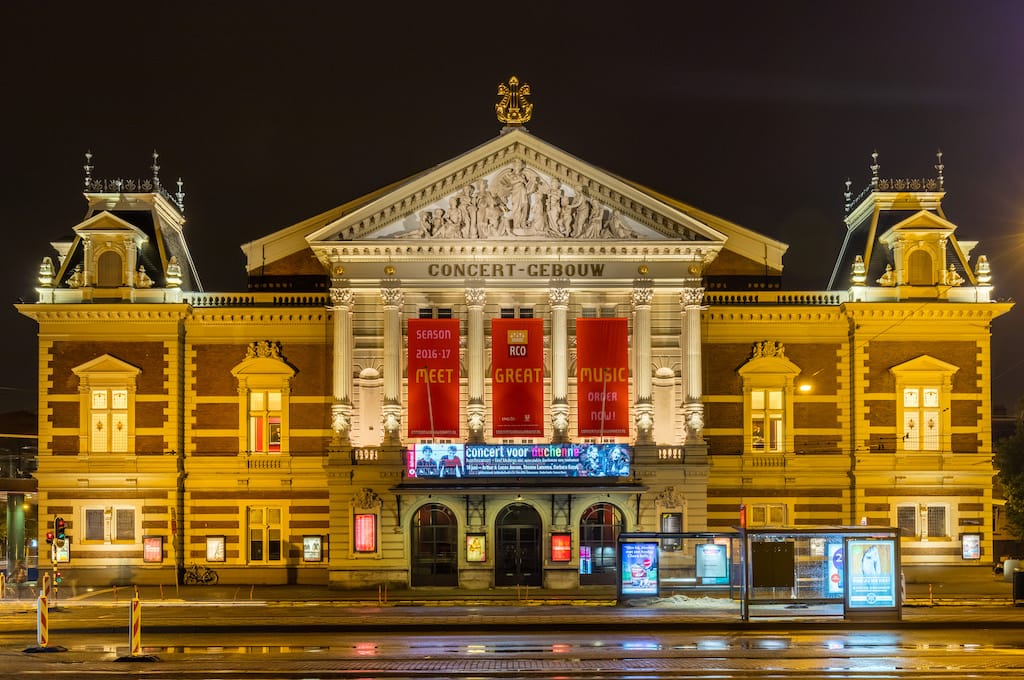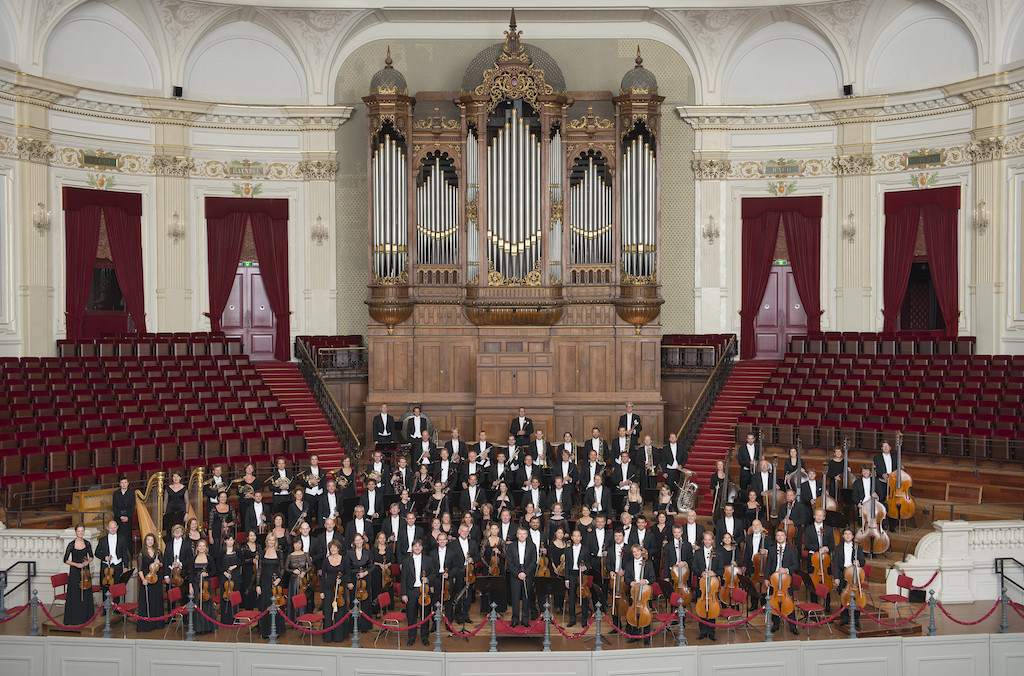The Performing Arts Dispatch: The Royal Concertgebouw

A chance encounter can sometimes become a memory one preserves for a lifetime. In 1982, on his way to America, Dr. Cavas Bilimoria—the NCPA physician and an amateur violinist with a deep adoration and sound knowledge of Western classical music—had a brief sojourn in Amsterdam. A spontaneous walk in the neighbourhood led him to the dawn of a story he now tells fondly. “I had no idea where I was going, but there it stood, mighty, right before me,” he says, describing the moment he stumbled upon the magnificent Concertgebouw. Dr. Bilimoria happened to land there when the musicians were out for a tea break. As he chatted with them earnestly, two gentlemen quietly listened to the conversation before finally approaching him. One of them was Sir Colin Davis, the English conductor, and the other turned out to be Herman Krebbers, the concertmaster of the Concertgebouw Orchestra (Queen Beatrix conferred the “Royal” title upon the orchestra in 1988) from 1962 to 1980, and a personal idol of Dr. Bilimoria. What followed was a conversation journeying from the history of the venue to a quick tour of the Grote Zaal.
The Grote Zaal is the exceptional Main Hall of the Concertgebouw, bejewelled with its world-renowned acoustics and a magnificent organ. It houses nearly 2000 viewers. Since its inception in 1888, the Concertgebouw—Dutch for ‘house of concerts’—has endured multiple renovations and restorative measures, in addition to those that prevent it from sinking into the damp Amsterdam earth. Through all transformations, the original plan of the Grote Zaal has remained unharmed and preserving its brilliant acoustics has been a top priority. In fact, the acoustics of the hall are so sacred that there is a thick layer of dust on the window frames which remains mostly untouched, as getting rid of it would temporarily affect the sound quality. A smaller, more intimate Kleine Zaal (the Recital Hall) is located behind the Main Hall. It is ideal for chamber music and lieder.
“When Krebbers guided me to a rehearsal happening in the Main Hall, I couldn’t help but marvel at the finesse of both the Concertgebouworkest (Royal Concertgebouw Orchestra) and the architectural genius. Krebbers especially asked me to sit in different spots in the hall. The sound was uniform everywhere, despite the hall being completely empty. The Concertgebouw acoustics are nothing like what I have experienced before; it was special,” recalls Dr. Bilimoria.
The reverberation time of Grote Zaal is 2.8 seconds without an audience, 2.2 seconds with a packed hall. This makes it perfect for the late-Romantic repertoire including works of composers such as Gustav Mahler. The longer reverb time results in a richer, fuller sound for larger orchestras such as those of the late Romantic repertoire, giving the sound more time to linger. Between the period of 1895 and 1945, the Concertgebouw became a hub for Mahler under Willem Mengelberg, the longest-serving principal conductor of the orchestra, who also had one of the longest conductor-orchestra relationships in music history. He is credited with making Mahler more popular and accessible in the Netherlands.

It is therefore not surprising that what makes the Concertgebouw’s history so fascinating is its relationship with its principal conductors. In the 134 years since its inception, it has had only seven chief conductors. Willem Kes was the first, serving until 1895, to be succeeded by Mengelberg, who was ultimately let go due to his pro-Nazi leanings. His successor, Eduard van Beinum, took the orchestra on its first American tour in 1950. What Mengelberg did to make Mahler a household name in the Netherlands is what van Beinum did with Bruckner’s compositions. He served as chief conductor after World War II until his unfortunate demise on the Concertgebouw podium from a heart attack in 1959. He was followed by Bernard Haitink and Eugen Jochum sharing the post until Haitink became sole chief conductor in 1963. Riccardo Chailly, Mariss Jansons, Daniele Gatti then took the podium.
The Royal Concertgebouw Orchestra performs symphonic music across a broad ambit of canonical and avant-garde works, with mastery over Germanic and French schools.
Like all houses of performing arts, the Concertgebouw faced its share of challenges because of the pandemic. As the last quarter of 2019 came to a close, a state of disorder took over its functioning. Chief Conductor Gatti was asked to step down on account of allegations of ‘inappropriate’ behaviour. Several members of the top management were completing their tenures and approaching retirement. Along with this, severe obstacles in terms of catering to the changing demographic landscape of its audience arose. As older patrons were ageing, younger faces remained tough to attract, and audiences dwindled as a result. The shackles of the pandemic and the many lockdowns only made the situation worse.
To keep the show running, the Concertgebouw, like most venues in the world, went online to expand its digital presence. From interacting with its online audience to making its entire video catalogue between June 2020 and June 2021 available for streaming for free on its website, the organisation found ways to keep the arts alive.
In an amusing turn of events, as the Netherlands was undergoing a strict lockdown in December last year, an easing of restrictions for businesses like hairdressers and gyms—while museums, theatres and cinemas were asked to remain closed—sparked the most charming display of civil disobedience. The Concertgebouw orchestra played its repertoire as the snip-snap of scissors from the hairdressers giving people a haircut on stage, accompanied their music. “The orchestra played second fiddle to the hairdressers,” read the newspapers of the city. The Concertgebouw has time and again, in many ways, brought to the fore the power of performance.
Dr. Bilimoria has not got a chance to return to the Concertgebouw since his near magical rendezvous in 1982. The reminiscence of it, however, is a souvenir in itself that he cherishes. Like a time capsule, it takes him back to the magnanimity of music and the city.
By Aishwarya Bodke. This piece was originally published by the National Centre for the Performing Arts, Mumbai, in the May 2022 issue of ON Stage – their monthly arts magazine.





